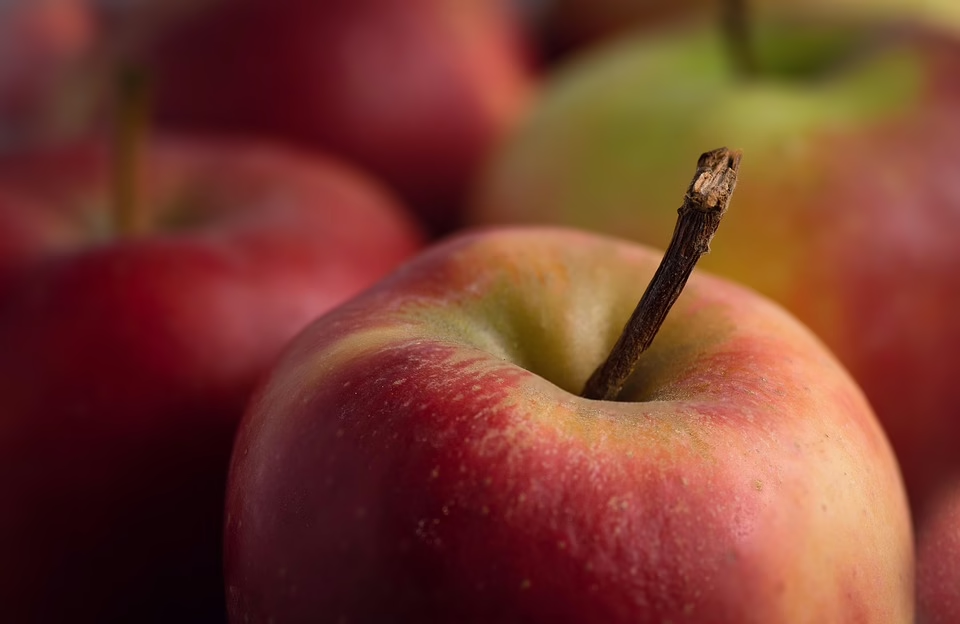Sunshine on Your Plate: Foods That Help You Get Your Daily Dose of Vitamin D
Introduction
Vitamin D, often referred to as the “sunshine vitamin,” plays a crucial role in several bodily functions, including the regulation of calcium and phosphate, which are vital for maintaining healthy bones, teeth, and immune system functioning. While it is synthesized in the body through sun exposure, many people still struggle to get adequate amounts of this essential vitamin, especially in regions with limited sunlight. This article will explore various foods rich in Vitamin D to help you enhance your diet and maintain optimal health throughout the year.
The Importance of Vitamin D
Bone Health
Vitamin D is crucial for the absorption of calcium and phosphate in the gut. These minerals are essential for bone mineralization and growth. Insufficient Vitamin D levels can lead to bone disorders such as osteoporosis and rickets in children, which are characterized by fragile bones, deformities, and increased risk of fractures.
Immune System Function
Recent studies have shown that Vitamin D plays a vital role in enhancing the pathogen-fighting effects of monocytes and macrophages, white blood cells that are crucial for the immune response. Therefore, adequate levels of Vitamin D can help reduce susceptibility to infections and potentially lessen the severity of viral illnesses.
Mental Health
There is a growing body of research that suggests a link between Vitamin D levels and mental health. Deficiencies have been associated with mood disorders, including depression and anxiety. Ensuring adequate intake can contribute to improved mental well-being and overall quality of life.
Sources of Vitamin D
Sunlight
The human body can produce Vitamin D when the skin is exposed to ultraviolet B (UVB) radiation from sunlight. Factors such as geographical location, season, time of day, skin pigmentation, and sunscreen use can affect the skin’s ability to produce Vitamin D. It is generally recommended to spend about 15-30 minutes in sunlight multiple times a week, depending on skin type and local UV radiation levels.
Foods Rich in Vitamin D
Given the challenges associated with sun exposure, it is essential to augment our Vitamin D intake through dietary sources. Here’s a comprehensive look at various foods and their Vitamin D content:
1. Fatty Fish
Fatty fish are among the best natural sources of Vitamin D. Some of the top contenders include:
- Salmon: A 3.5-ounce (100 gram) serving of cooked salmon can provide about 360-600 IU of Vitamin D.
- Mackerel: Similar to salmon, mackerel is also rich in Vitamin D and contains about 360-500 IU per serving.
- Sardines: These small fish are not only high in Omega-3 fatty acids but also provide approximately 270 IU per serving.
Incorporating fatty fish into your meals can offer a twofold benefit—boosting your Vitamin D and Omega-3 levels, which are essential for heart health.
2. Cod Liver Oil
Cod liver oil is a supplement derived from the liver of the Atlantic cod fish and is one of the richest sources of Vitamin D, providing about 1,400 IU per tablespoon. It is well-known for its benefits to bone health and immune function. However, due to its high Vitamin A content, it’s essential to consume cod liver oil in moderation.
3. Beef Liver
While not everyone may choose beef liver as part of their diet, a small serving can provide a considerable amount of Vitamin D. A 3.5-ounce (100 gram) serving of cooked beef liver can offer around 50 IU of Vitamin D.
4. Eggs
Egg yolks are another excellent source of Vitamin D. One large egg provides about 41 IU of Vitamin D. Eggs are versatile and can be easily incorporated into various dishes, making them a simple way to boost your intake.
5. Fortified Foods
Many food manufacturers fortify products with Vitamin D to help people meet their nutritional needs. Common fortified foods include:
- Milk: Fortified cow’s milk typically contains about 100 IU of Vitamin D per 8-ounce (240 ml) serving.
- Orange Juice: Some brands offer Vitamin D-fortified orange juice, providing around 100 IU per serving.
- Cereals: Breakfast cereals may also be fortified with Vitamin D, ranging from 40 to 100 IU, depending on the brand.
When selecting fortified foods, it is essential to read the labels to ensure you’re getting the desired amount of Vitamin D without excessive added sugars or other unwanted ingredients.
6. Mushrooms
Certain mushrooms can provide a plant-based source of Vitamin D. When exposed to ultraviolet light, mushrooms can produce significant amounts of Vitamin D. For example, a 100-gram serving of UV-exposed maitake mushrooms can yield about 846 IU of Vitamin D. This makes them an excellent alternative for vegetarians and vegans looking to increase their Vitamin D intake.
Daily Recommended Intake of Vitamin D
The recommended dietary allowance (RDA) for Vitamin D varies by age, life stage, and health conditions. Generally, the RDA for adults is as follows:
- Adults (19-70 years): 600 IU (15 mcg)
- Adults (71 years and older): 800 IU (20 mcg)
- Pregnant and Breastfeeding Women: 600 IU (15 mcg)
It’s crucial to speak with a healthcare provider before making significant changes to your diet or supplementation routine, especially for those at risk for deficiencies or health issues.
Potential Risks of Vitamin D Deficiency
Vitamin D deficiency can lead to several health problems. Populations at higher risk for deficiency include:
- Elderly Individuals: They may have decreased skin thickness and reduced ability to synthesize Vitamin D from sunlight.
- Individuals with Darker Skin: Higher melanin levels can inhibit the skin’s ability to produce Vitamin D.
- Those Living in Northern Latitudes: Limited sunlight during winter months can result in lower Vitamin D production.
- People with Certain Medical Conditions: Malabsorption syndromes (like celiac disease or Crohn’s disease) and certain liver or kidney issues can hinder Vitamin D metabolism.
Signs of deficiency can include chronic fatigue, muscle weakness, bone pain, and an increased susceptibility to infections.
Monitoring and Supplementation
Given the possible challenges in obtaining adequate Vitamin D from sunlight and food alone, supplementation may be necessary for some individuals. Vitamin D supplements are available in two main forms:
- D2 (Ergocalciferol): Derived from yeast, often used for vegetarians or those who cannot obtain Vitamin D from animal sources.
- D3 (Cholecalciferol): The more potent and effective form of Vitamin D, usually derived from animal sources like fish liver oil and lanolin (sheep’s wool).
Consulting with a healthcare professional can help determine the appropriate dosage based on individual needs.
Conclusion
Getting your daily dose of Vitamin D is vital for overall health. While sunlight is the most natural source, various foods can help you meet your nutritional needs, ensuring optimal bone health and immune function. Incorporating fatty fish, fortified foods, mushrooms, and perhaps a supplement under professional guidance can help fill the gaps, thereby enabling you to embrace the sunshine on your plate, regardless of the season.
References
- Holick, M. F. (2006). “Resurrection of Vitamin D Deficiency and Its Health Consequences.” The New England Journal of Medicine, 354(3), 278-279.
- Institute of Medicine. (2011). “Dietary Reference Intakes for Calcium and Vitamin D.” The National Academies Press.
- Wang, L., et al. (2016). “Vitamin D and Health Outcomes.” Annual Review of Nutrition, 36, 12.1-12.18.
- Lips, P. (2006). “Vitamin D Status and Nutrition in the Elderly.” Current Opinion in Clinical Nutrition and Metabolic Care, 9(1), 15-21.
- Ma, M., & Mancebo, R. (2014). “Vitamin D: a Review of the Emerging Links to Health and Disease.” Nutrients, 6(6), 4550-4560.
This article serves as a primer on the importance of Vitamin D and food sources that can enhance your intake. As more research emerges, the understanding of Vitamin D’s impact on health continues to evolve, necessitating regular review and adaptation to dietary guidelines.


























Add Comment